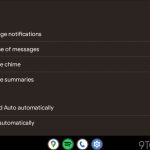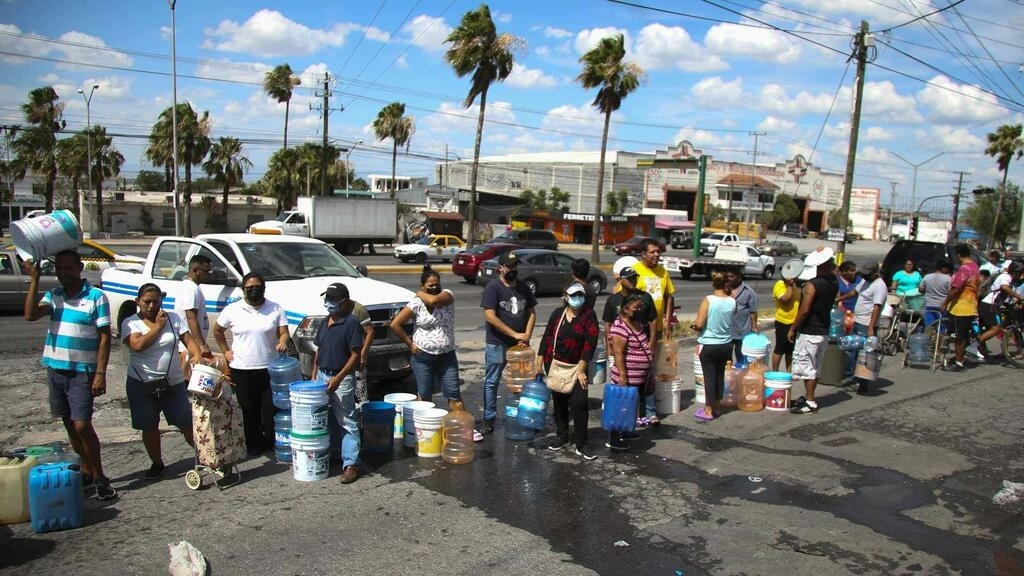First modification:
Monterrey, the second economic city in the country, consumes an average of 156 liters of water per day and per person. But this year, the city is suffering from an intense drought due to the lack of rainfall for 18 months. And although the rain begins to fill the city’s reservoirs again, a good part of the population is still without water.
Reporting from Mexico, Gwendolina Duval
The city asks the population for a collective effort. However, few concrete restrictions have been put in place. Thousands of homes continue to receive water through the distribution of tanker trucks, others have a little more luck and the taps work a few hours a day. But the precious liquid must be saved as much as possible and many daily activities are disrupted by often complicated logistics.
In the wealthy neighborhood of San Pedro, George works as a bartender in a restaurant. Today the establishment was eight hours without running water. “Before it was even more, we could go without water for a whole day, even two,” says the employee who assures that since this has lasted for months, they have had to adapt
“The hard part is washing the dishes. We fill a bucket, put in bleach and use liters of water to scrub the glasses. Then we recycle that water to scrub the floor, for example. We have a lot of jugs, which helps us get through the day,” she explains.
A few meters away, a car wash station is working at full capacity. “It’s recycled water, treated water,” says the owner. Even in the worst moment of the crisis, he has never slowed down in his business. But he admits that it has become very difficult with the drought because bringing water with cisterns represents an additional cost.
“When this started, we started recycling the water,” he says. “We have special devices to recycle, and when there is no more water, we have to buy,” she adds.
“Always have reserve water”
“You don’t realize how much water you use until you finish it,” says Salma, who runs a small cafeteria in the neighborhood. “At work, it affects us even more, to make the coffees and also to clean, so sometimes we can’t serve customers,” she says.
Despite everything, she considers herself lucky because there is at least water in the tap for a few hours a day. “We always have a reserve because you never know when your supply is going to be cut off. You always have to have reserve water”, she estimates.
Her partner Perla is tired of living this situation. The water does not come to her house more than two days a week. “I am young, I can carry bottles of water” – explains Perla – but I think of the elderly or people with some limitation of movement who live on the second, third or fifth floor, how do they do it? Question.
For everyone in Monterrey, this situation is unprecedented because the city has never experienced such shortages. This summer, up to half of the five million inhabitants were deprived of water. Finally, you cannot live without water but perhaps with much less than we thought.







![[Img #74675]](https://thelatestnews.world/wp-content/uploads/2024/12/They-discover-a-new-class-of-X-ray-sources-in-the-150x150.jpg)






